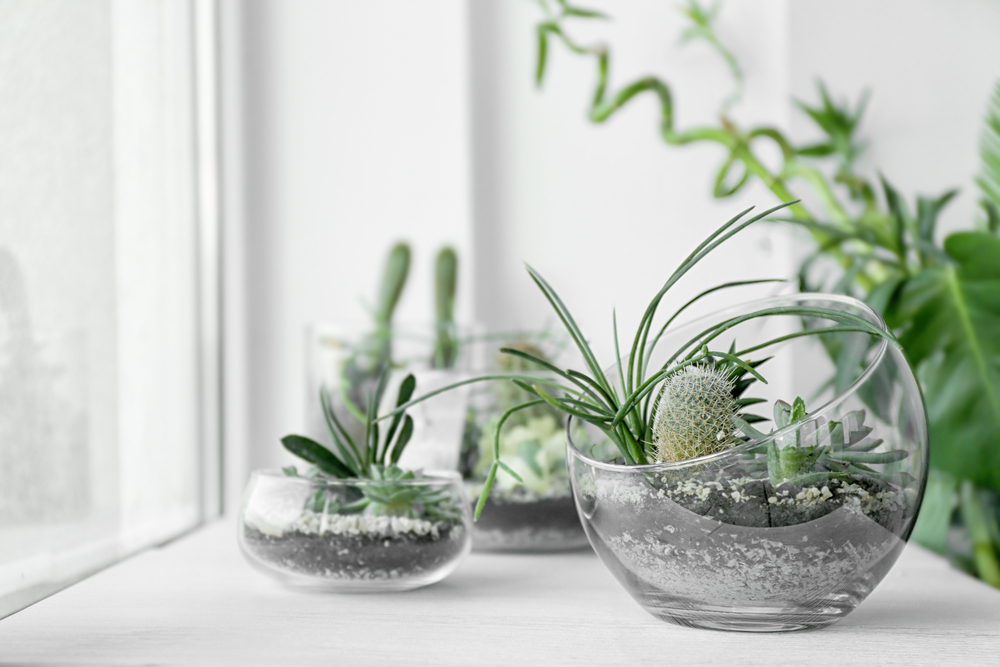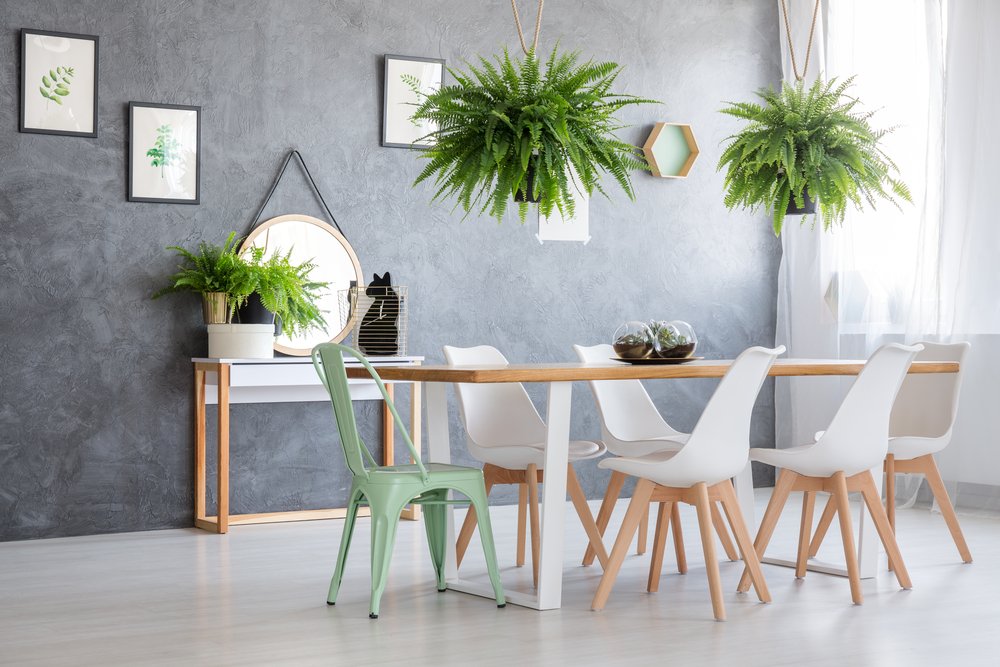Your Guide to Caring for Indoor Plants

This guide to growing and caring for indoor plants will be useful if you want to get started in gardening. After knowing the things you should take into account, you can grow different species at home.
Start with a couple of succulents, which are very easy to care for, and you’ll be nurturing and caring for beautiful orchids in no time!
Keep in mind that not all plants are suited to or develop well indoors. However, some are specifically suited to growing indoors and they have specific needs. For now, keep reading to discover all the details.
Have and care for indoor plants like a professional
Having plants indoors has become a trend on social networks, where countless videos with different tips abound. Fashionable or not, having plants is great for our mental health. In fact, scientific studies have proven that horticultural therapy helps to reduce levels of depression in older adults. Plants provide physical, psychological, social, and occupational benefits.
Now you know! Taking care of plants is actually therapy and as such, we invite you to read our guide. We’re going to tell you the basic recommendations on how to care for your plants like a professional.

1. Choose the right indoor plants for your home
As we mentioned, there are indoor and outdoor plants, so make sure you buy the right species to suit your needs.
Indoor plants are usually very easy to care for since they take advantage of the available resources to grow healthy and strong. Among them, we find succulents and cacti, which are beautiful plants and will reward you for the care you give to them.
2. Natural light
Some indoor plants require more natural light than others, so you can have several types of plants once you understand where the sources of light are.
For example, in the darkest areas of your home, you can grow ferns. These require less sunlight than other species, as they retain moisture in the environment.
You have to keep in mind that when the leaves of your plants turn yellow and their stem lengthens towards a window or light source, it’s asking to be closer to that light source. On the other hand, if it becomes dry and starts to wilt, it may be getting too much sun.
3. The right temperature
Temperature is essential for indoor plants to grow healthy and strong. Keep in mind that sudden temperature changes can damage them, although the specific conditions are marked by each species.
There are some indoor plants that enjoy cold climates, while others prefer a warmer atmosphere. In any case, most plants will suffer from extreme climates, so be careful with the air conditioning.

4. Don’t neglect to water your plants
Each plant has its own watering needs and you should never neglect this. Water is the main source of life for plants, and without it, they’ll die and wither. Equally, if you water them in excess, they can become waterlogged and the roots can start to rot.
There are some species that are very demanding and require constant watering. If you don’t have the time to do this as often as you should, place a saucer under the pot and keep it topped up with water. The plant will take all the water it needs through the drainage holes in the pot.
5. Keeping the leaves shiny
Although they’re living beings, indoor plants become decorative objects that bring a lot of style to your home. For this reason, you should maintain their beauty and keep their leaves shiny.
To achieve this, we recommend cleaning the leaves on a regular basis. Remove the dust that accumulates on them, give them shine, and allow them to better absorb any available sunlight. To do this, take a cloth or a piece of cotton, soak it in glycerin and use it to clean the leaves.
Follow our guide and enjoy beautiful indoor plants
The tips that make up this guide for taking care of your indoor plants are fairly generic but when you put them into practice, you’ll soon discover how they can help you. Your plants will look beautiful, healthy, and green in no time.
All cited sources were thoroughly reviewed by our team to ensure their quality, reliability, currency, and validity. The bibliography of this article was considered reliable and of academic or scientific accuracy.
- Coraquilla, E. La terapia hortícola como medio terapéutico para disminuir el nivel de depresión en adultos mayores. Universidad Central del Ecuador, Quito. 2022.